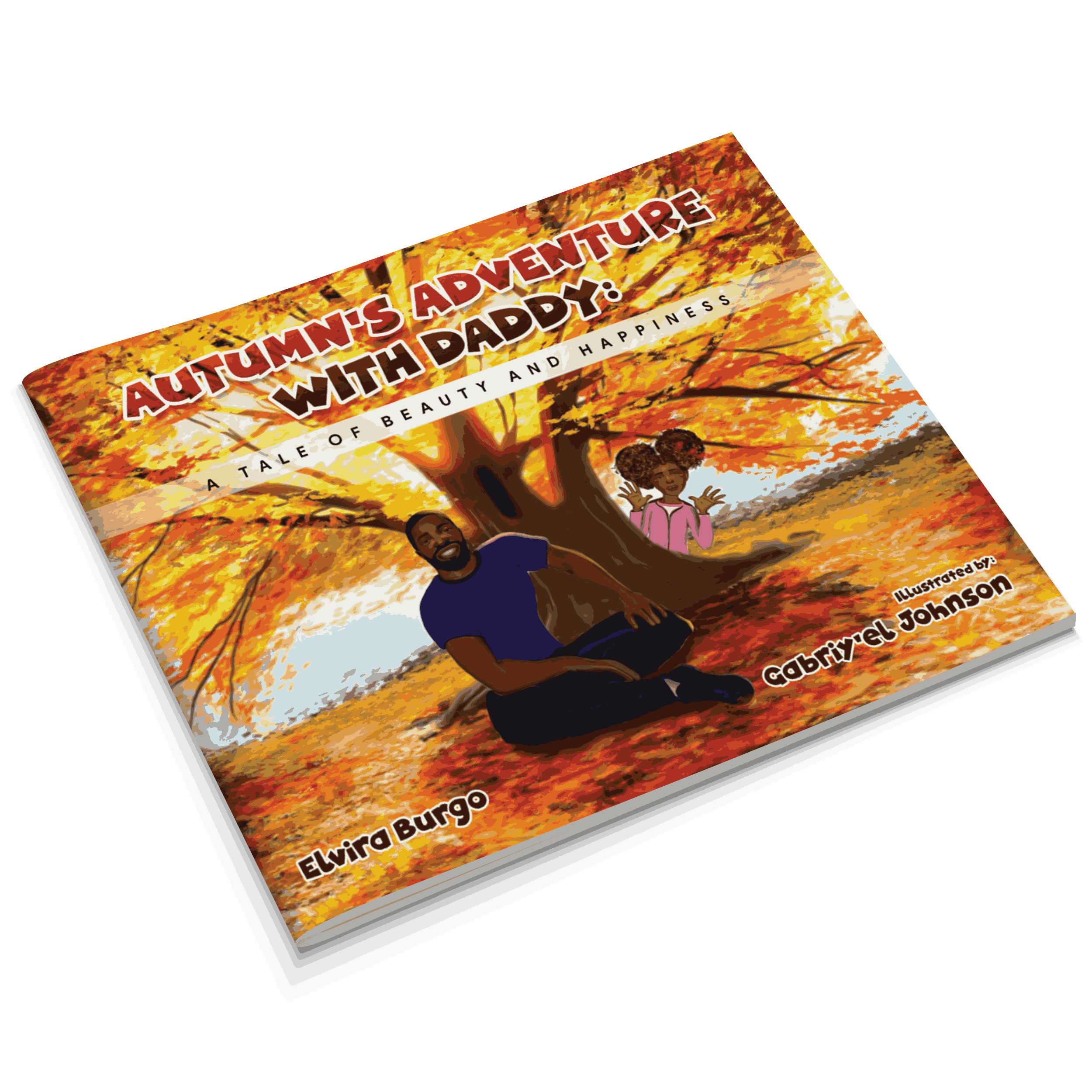Interactive Reading
The book Born Reading captured my attention recently.
Although long, its subtitle is striking: Bringing Up Bookworms in a Digital Age—From Picture Books to Ebooks and Everything In Between. The book’s cover, showing a baby with oversized glasses looking at the reader, is also fascinating.
In his book, Jason Boog teaches parents how to have interactive reading experiences with their children, thus creating a love of reading. By interactive, he means “Creating a dialogue with the child and the book---asking wh-questions (such as, why do you think the rabbit took so many breads?), following their interests, and not letting them provide one-word answers but really having them elaborate their thoughts.”
In his research, Boog found that the right kind of reading-interactive experiences can raise a child’s IQ by more than six points. He said the benefits are more significant the earlier the interaction.
Boog believes that only a few parents have the skills to make a book enjoyable for a child. He admits he didn’t. Among the many experts Boog consulted, Betsy Bird, a New York City children’s librarian, said, “I know more authors and illustrators and teachers and librarians with non-reading kids than you would ever believe…You need to instill in your kids a love of books and reading.”
Some may argue that interactive reading diminishes the flow of the story. Still, it actually enhances it and makes the child think critically, resulting in reading comprehension and new discoveries.
Others believe interactive reading is the job of the teacher. While students do have interactive reading experiences in the classroom, parents play a pivotal role in a child’s intellectual development. In addition, in an age dominated by the digital, it is imperative that reading and learning become more appealing than ever before.
Here are Born Reading’s 15 Interactive Reading Strategies.
Born Reading’s 15 Interactive Reading Strategies
- Read together
- Ask a lot of questions
- Share details about the book
- Dramatize the story
- Help your child identify with the character
- Compliment your child as you read
- Discuss personal opinions about a book
- Follow the things your child loves
- Stop and talk about what happened
- Guess what happens next
- Continue the conversation
- Guide your child beyond what they already know
- Show your child the world outside your neighborhood
- Compare the story to personal experiences
- Encourage your child to recount the story
In sum and various ways,
- The key is not only engaging with your child but asking thought-provoking questions.
- It’s about interacting with your child on the book’s content and following their lead.
- And getting your child to “talk” about the story, keeping the conversation going, and allowing the child to think.
Thanks for reading,
Elvira

